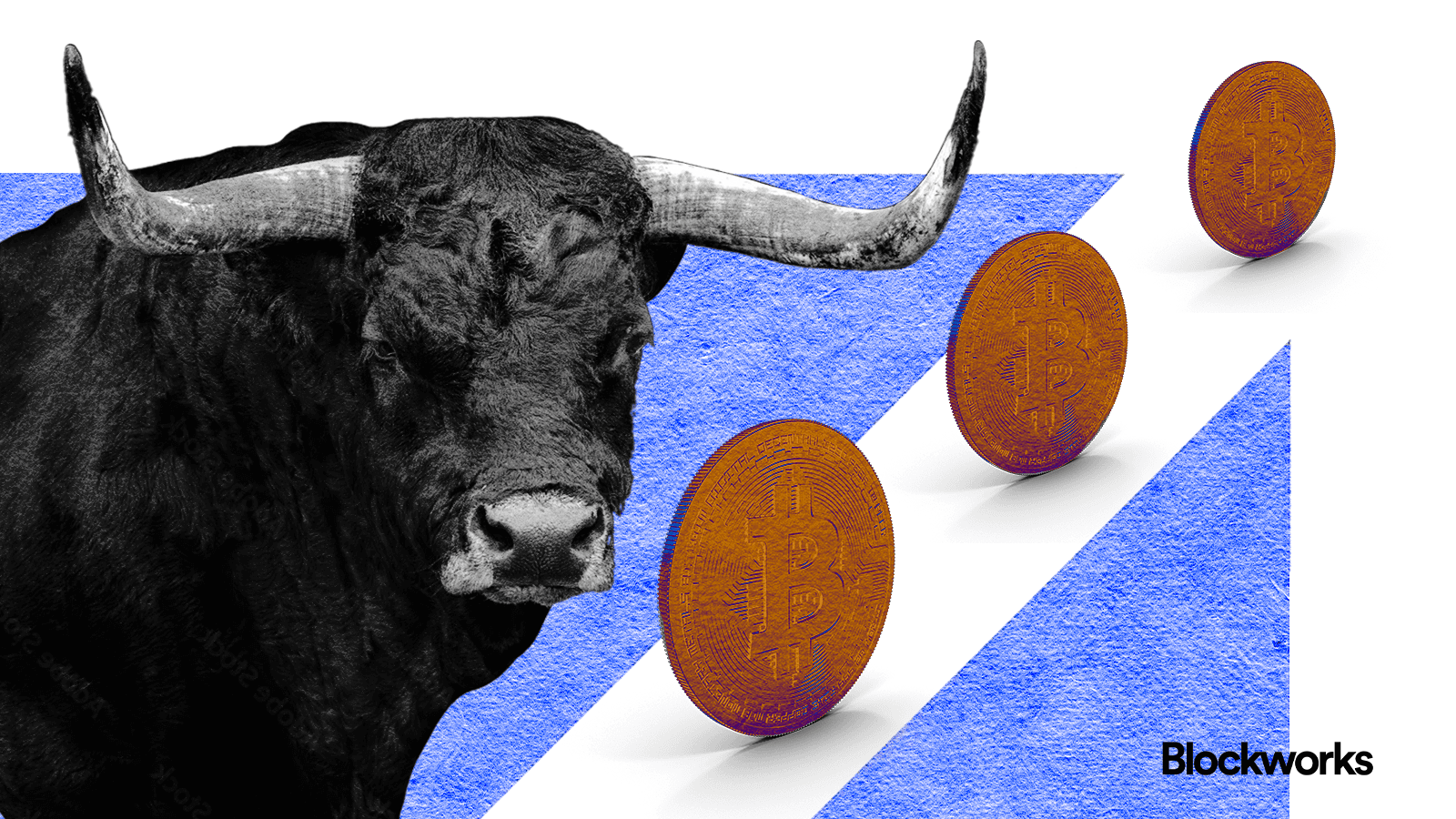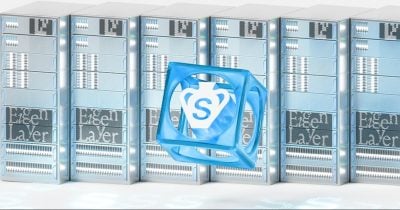This is a segment from The Breakdown newsletter. To read more editions, subscribe
“A world without bubbles is a world defined by pre-existing limitations.”
— Byrne Hobart
I had a childhood friend whose arms swung slightly out of sync while running.
Over a short distance, this was unnoticeable. But chase him long enough and there’d inevitably come a moment when his arms swing forward in unison and he’d pitch himself into a faceplant.
Markets work the same way: When investors all start doing the same thing, in unison, there inevitably comes a point when we faceplant.
So I consider my friend a cautionary tale for the companies and investors currently going all-in on AI — but also a hopeful one for the world.
Bubbles are dangerous because they get everyone investing in the same direction.
But they’re beneficial because they get everyone working in the same direction.
That’s the thesis of Byrne Hobart’s Boom: Bubbles and the End of Stagnation, which explains that investing bubbles align financial speculation and technological innovation in a way that makes speculative enthusiasm a force of societal progress.
Investing bubbles are typically equated with financial ruin, but they can also build world-changing things that wouldn’t otherwise be possible — like railroads, the Erie Canal, and the fiber-optic cable network the internet now runs on.
It’s almost certainly happening again.
“We’re at a fun point in market history,” Hobart wrote in his most recent newsletter, “where more investors than ever and more assets than ever reference a single technological trend.”
This week, the market was sending unmistakable signals that more investors should be referencing the trend of AI.
Nvidia became the first company to be worth $5 trillion.
OpenAI was reported to be planning a $1 trillion IPO.
Microsoft said it has a $400-billion backlog of orders for its AI infrastructure.
Amazon announced the opening of an $11 billion datacenter built exclusively for a single chatbot, Claude.
And Microsoft, Alphabet, Meta and Amazon all announced they’re raising capex plans — collectively, they may spend as much as $500 billion on datacenters and GPUs next year.
These kinds of data points will look like the murky warning signs of a bubble to sceptics.
But to companies, entrepreneurs, inventors and intrepid inventors, the message could not be any clearer: Build for AI.
We also had signs this week that the bubble is working as intended.
The semiconductor startup Extropic, for example, wants to reinvent computing — not with faster transistors, but with probabilities.
This week, it showed off the first working “thermodynamic sampling unit,” or TSU — a chip it says can run AI models using 10,000x less energy than GPUs.
The trick: no more ones and zeros.
Instead, TSUs operate with probabilities, just like AI itself.
It’s a longshot, but the potential payoff of disrupting Nvidia is so large — $5 trillion! — it only needs a small chance of working to make the risk/reward attractive for investors.
Even more ambitiously, the semiconductor-equipment startup Substrate announced this week that it’s developed a fundamentally new way to manufacture semiconductors.
Substrate’s prototype machine uses a particle accelerator (!) to generate x-rays that map nanoscale circuit patterns onto silicon wafers.
If successful, Substrate could leapfrog both ASML and TSMC and bring both semiconductor and semiconductor-equipment manufacturing back to the US.
Substrate founder James Proud told Ben Thompson this week that he originally estimated his chance of success at 1%.
His odds are better now that he has a working prototype, but even at 1%, the prize is so large — disrupting TSMC and ASML in one fell swoop — that the risk is worth taking.
Investors gave Substrate $100 million this week to try.
It takes a special kind of market to get investors interested in those kinds of bets — the kind where seemingly everyone is chasing a single technological trend.
However that works out for investors, it’s likely to work out well for the world. With luck, it could leave us with cheaper, more-efficient semiconductors, a surplus of energy production and less dependence on three all-important companies: NVIDIA, TSMC, and ASML.
Only a bubble could make it happen.
Let’s check the charts.
Concentrating our bets:

The 10 largest components of the S&P 500 account for a record 42% of the index’s value. Pretty much everyone thinks that’s a surefire sign it’s a bubble. But concentrating our bets is what makes special things like railroads, canals and the world wide web happen.
Record growth:

Growth rates for web services at Amazon, Google and Microsoft all ticked up this quarter. Businesses that are already doing tens of billions are not meant to maintain double-digit growth rates, let alone grow faster.
They’re struggling to keep up:

The big four hyperscalers are spending $100 billion a quarter on capex and it’s still not enough. “We see the demand as fast as we’re adding capacity,” Amazon’s CEO said this week. “We build some amount of infrastructure to what we think is an aggressive assumption,” Mark Zuckerberg added, “and then we keep on having more demand.”
It’s much more than the Big Four:

Coatue notes that hyperscalers are no longer the best performing AI stocks, trailing software, semis and power by a wide margin year to date.
China ascendent:

24% of global semiconductor production now happens in China, vs. just 11% in the US. Not shown here is that nearly all the highest value ones are made in Taiwan. Only investment in an all-new technology like x-ray lithography could change that.
Something we have in common:

Scott Lincicome notes that since 2010, China has “deindustrialized” more than the US has since the mid-1990s.

By 2030, Substrate estimates it will cost $50 billion to build a semiconductor foundry. A foundry based on x-ray lithography, Substrate says, would cost less than $10 billion.
Of course they do:

54% of fund managers surveyed by Bank of America Merrill Lynch believe we’re in a bubble.
Let’s hope they’re right.
Have a great weekend, bubble-blowing readers.
Get the news in your inbox. Explore Blockworks newsletters:
- The Breakdown: Decoding crypto and the markets. Daily.
- 0xResearch: Alpha in your inbox. Think like an analyst.
- Empire: Crypto news and analysis to start your day.
- Forward Guidance: The intersection of crypto, macro and policy.
- The Drop: Apps, games, memes and more.
- Lightspeed: All things Solana.
- Supply Shock: Bitcoin, bitcoin, bitcoin.


